Introduction
A noteworthy respiratory virus that has attracted interest since its discovery in 2001 is the human metapneumovirus. Classified within the Pneumoviridae family, hMPV is known to cause a range of respiratory illnesses, particularly affecting vulnerable populations such as young children, the elderly, and individuals with compromised immune systems. This virus is characterized by its negative-sense, single-stranded RNA structure and is primarily transmitted through respiratory droplets.
The symptoms of hMPV infection often mimic those of common cold viruses, including cough, fever, nasal congestion, and shortness of breath. While many cases are mild and resolve within a week or so, the potential for severe complications exists, particularly in high-risk groups. For instance, lower respiratory tract infections caused by hMPV can lead to serious conditions such as pneumonia and bronchiolitis, necessitating hospital care in some instances.
Awareness of hMPV is crucial for several reasons. First, understanding its symptoms can facilitate early recognition and prompt medical consultation, which is vital for managing severe cases effectively. Second, increased awareness can lead to better preventive measures being adopted within communities, helping to reduce transmission rates. This is particularly important during peak seasons when respiratory viruses tend to circulate more widely.
It represents a notable player in the spectrum of respiratory viruses. By recognizing its symptoms and understanding its impact on various populations, individuals and healthcare providers can better prepare for and respond to infections caused by this virus.
What is hMPV?
Definition of hMPV as a Respiratory Virus
Human Metapneumovirus is a significant respiratory virus that belongs to the Pneumoviridae family, which also includes other well-known pathogens like Respiratory Syncytial Virus (RSV). The encapsulated hMPV virus possesses a negative-sense single-stranded RNA genome. It primarily targets the respiratory tract, leading to a range of illnesses that can vary in severity from mild upper respiratory infections to more serious lower respiratory tract infections.
Overview of Its Ability to Cause Respiratory Tract Infections
hMPV is known for its capacity to cause both upper and lower respiratory tract infections. The symptoms associated with hMPV infection often resemble those of other common respiratory viruses, making it challenging to distinguish based solely on clinical presentation. Typical symptoms include:
- Cough: A persistent cough is often one of the first signs of infection.
- Fever: Patients may experience fever, which can vary in intensity.
- Nasal Congestion: Since the virus affects the upper respiratory tract, blocked or runny noses are typical.
- Shortness of Breath: In more severe cases, particularly among vulnerable populations, individuals may experience difficulty breathing.
While many cases of hMPV infection are mild and resolve within a week, the virus can lead to serious complications, especially in high-risk groups. For instance, young children, older adults, and individuals with compromised immune systems are at greater risk for developing lower respiratory tract infections such as bronchiolitis or pneumonia. These complications can necessitate hospitalization and more intensive medical care.
Discovery and Classification within the Pneumoviridae Family
The historical context of hMPV is notable for its relatively recent discovery. It was first identified by Dutch researchers in 2001 during investigations into viral causes of respiratory illnesses in children. Despite being a newly recognized virus at that time, retrospective studies suggest that hMPV has likely been circulating among humans for several decades prior to its identification. This indicates that many cases of respiratory illness attributed to other viruses might have actually been caused by hMPV.

The classification of hMPV within the Pneumoviridae family highlights its genetic and functional similarities with other important respiratory viruses. Understanding its place within this family helps researchers study its behavior, transmission dynamics, and potential interactions with other pathogens.
Human Metapneumovirus is a crucial player in the landscape of respiratory viruses. Its ability to cause a range of respiratory infections—from mild colds to severe pneumonia—underscores the importance of awareness regarding its symptoms and potential complications. Additionally, recognizing its historical context enhances our understanding of its epidemiology and significance in public health. As research continues to evolve, insights into hMPV will be vital for developing effective prevention and treatment strategies.
Symptoms of hMPV
Human Metapneumovirus (hMPV) is a respiratory virus that can lead to a range of symptoms, varying in severity from mild to severe. Understanding these symptoms is crucial for early recognition and appropriate management, especially among vulnerable populations such as young children, older adults, and individuals with weakened immune systems.
Common Symptoms
The most frequently reported symptoms of hMPV include:
- Cough: A chronic cough is frequently the initial indication of an infection. It may start as a dry cough and can progress to a productive cough with mucus as the illness develops.
- Fever: Patients typically experience a fever that can range from low-grade to moderate. A fever is a typical reaction to viral infections and a sign of the immune system’s activity.
- Nasal Congestion: Individuals may experience nasal congestion or a runny nose, which can lead to discomfort and difficulty breathing through the nose.
- Shortness of Breath: In more severe cases, especially among high-risk populations, individuals may experience shortness of breath or difficulty breathing. This symptom can indicate that the infection has progressed to the lower respiratory tract.
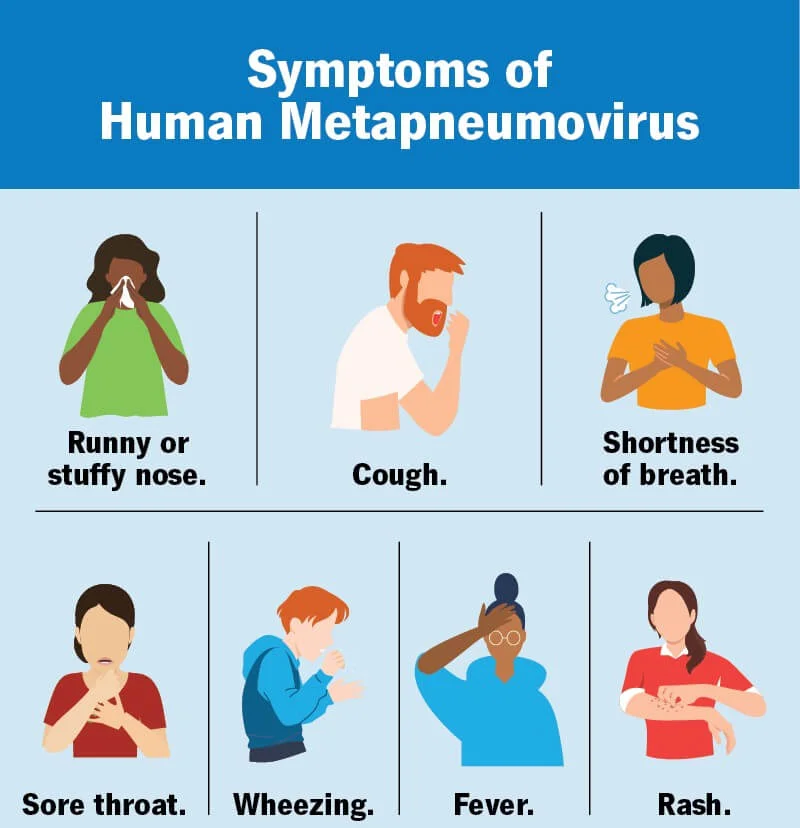
Additional Symptoms That May Occur
In addition to the common symptoms, some individuals may experience other signs of hMPV infection:
- Sore Throat: A sore throat may accompany other upper respiratory symptoms, contributing to overall discomfort.
- Fatigue: Many patients report feeling unusually tired or fatigued during their illness. This symptom can be exacerbated by fever and general malaise.
- Wheezing and Difficulty Breathing in Severe Cases: In severe instances, particularly in children or those with pre-existing respiratory conditions, wheezing may occur. This can signify bronchial constriction and may require medical attention.
Duration of Symptoms
The duration of hMPV symptoms typically lasts between 7 to 10 days, although this can vary based on individual health factors and the severity of the infection. Most patients will begin to feel better within this timeframe, but some may continue to experience lingering symptoms, particularly cough and fatigue.
Recognizing the symptoms associated with hMPV is vital for timely intervention and care. While many cases are mild and self-limiting, awareness of potential complications—such as pneumonia or bronchiolitis—can help ensure that those at risk receive appropriate medical attention when necessary. Understanding these symptoms not only aids in individual care but also contributes to broader public health efforts in managing respiratory virus outbreaks effectively.
Who is Affected by hMPV?
Human Metapneumovirus is a respiratory virus that can affect individuals across all age groups, but its impact varies significantly among different populations. Understanding who is most susceptible to hMPV is crucial for effective prevention and management strategies.
General Population Susceptibility
While hMPV can infect anyone, the general population experiences varying degrees of susceptibility. Most healthy individuals may contract the virus and exhibit mild symptoms similar to those of a common cold. These cases often resolve without medical intervention, typically within a week or so. However, the risk of developing more severe symptoms or complications increases significantly in certain groups, particularly among those with specific health conditions or demographic characteristics.
Higher Risk Groups
Certain populations are at a heightened risk for severe illness due to hMPV infection:
- Children, Especially Those Under 5 Years Old: Young children are particularly vulnerable to hMPV. Infants and toddlers, especially those under the age of five, frequently experience more severe respiratory illnesses when infected. The immune systems of younger children are still developing, making them less capable of effectively combating viral infections. As a result, they are at increased risk for complications such as bronchiolitis and pneumonia, which may require hospitalization.
- Older Adults (65+ Years): Individuals aged 65 and older are another high-risk group for hMPV infection. Aging is associated with a natural decline in immune function, which can make older adults more susceptible to respiratory viruses and their complications. Additionally, many older adults have pre-existing health conditions—such as chronic obstructive pulmonary disease (COPD), asthma, or heart disease—that can exacerbate the severity of hMPV infections. Consequently, they may experience more pronounced symptoms and a higher likelihood of requiring medical care.
- Individuals with Weakened Immune Systems or Pre-existing Health Conditions: This group includes people undergoing treatments that compromise their immune systems, such as chemotherapy for cancer or those who have received organ transplants. Additionally, individuals with chronic health issues like diabetes or heart disease may also find themselves at greater risk for severe outcomes from hMPV infection. Their bodies may struggle to mount an adequate immune response against the virus, leading to prolonged illness and increased risk of complications.
While hMPV can affect anyone, children under five years old, older adults over 65, and individuals with weakened immune systems or chronic health conditions are at significantly higher risk for severe illness. Awareness of these vulnerable populations is essential for healthcare providers and public health officials in order to implement targeted prevention strategies and ensure timely medical intervention when necessary. Understanding who is affected by hMPV not only aids in individual patient care but also enhances community health efforts aimed at controlling respiratory virus outbreaks.
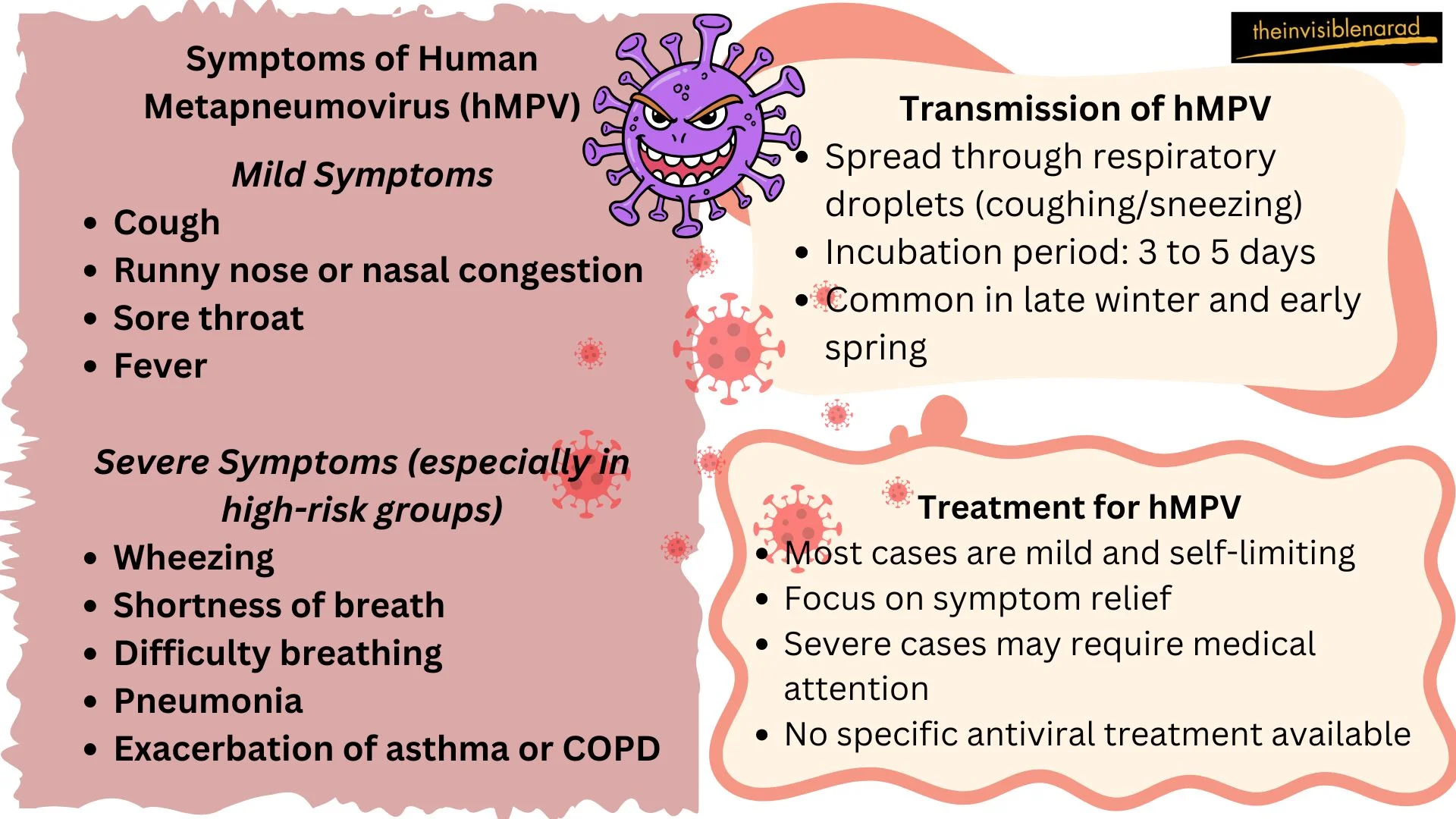
How hMPV Spreads
Human Metapneumovirus (hMPV) is a highly contagious respiratory virus that spreads primarily through direct and indirect contact with infected individuals or contaminated surfaces. Understanding the modes of transmission is essential for implementing effective prevention strategies and reducing the risk of infection, particularly in vulnerable populations.
Modes of Transmission
- Respiratory Droplets: The primary mode of transmission for hMPV is through respiratory droplets. When an infected individual coughs, sneezes, or even speaks, tiny droplets containing the virus are released into the air. People in the vicinity may inhale these droplets, which could result in the development of new illnesses. This airborne transmission is similar to that of other respiratory viruses, such as influenza and COVID-19, making it crucial to maintain proper respiratory hygiene to minimize spread.
- Close Contact with Infected Individuals: Close contact with infected individuals significantly increases the likelihood of transmission. This can occur through various forms of physical interaction, such as shaking hands, hugging, or kissing. When someone with hMPV touches another person, they can transfer respiratory secretions that contain the virus. Additionally, engaging in close conversations may facilitate the exchange of droplets between individuals, further contributing to the spread.
- Surface Contamination and Contact with Contaminated Objects: Another important transmission route for hMPV is through surface contamination. The virus can survive on various surfaces for a limited time, depending on environmental conditions. When an infected person touches surfaces—such as doorknobs, light switches, or shared electronic devices—viral particles can remain viable for several hours. If another person subsequently touches these contaminated surfaces and then touches their mouth, nose, or eyes without washing their hands first, they may become infected.
Contact with contaminated surfaces, close contact with infected people, and respiratory droplets from coughing and sneezing are the main ways that hMPV is disseminated. Understanding these modes of transmission is vital for both individuals and public health officials in order to implement effective prevention measures.
Practicing good hand hygiene, maintaining distance from those who are ill, and adhering to respiratory etiquette—such as covering coughs and sneezes—are essential steps in reducing the risk of hMPV infection. By being aware of how hMPV spreads, communities can better protect themselves and vulnerable populations from this respiratory virus.
Treatment for hMPV
Human Metapneumovirus (hMPV) poses a significant health challenge, particularly due to the absence of specific antiviral therapies or vaccines. The management of hMPV primarily focuses on supportive care aimed at alleviating symptoms and ensuring patient comfort. Understanding the treatment options available is essential for both healthcare providers and patients, particularly in high-risk populations.
Lack of Specific Antiviral Therapy or Vaccine
There isn’t a specific antiviral treatment for hMPV at the moment. Unlike some other respiratory viruses that have targeted therapies or preventive vaccines, hMPV management relies heavily on supportive care. This limitation highlights the importance of public health measures and individual awareness to reduce transmission and manage symptoms effectively.
Focus on Supportive Care
The cornerstone of treatment for hMPV involves supportive care, which includes several key components:
- Importance of Hydration: Hydration is critical in managing hMPV infections. Patients are encouraged to maintain adequate fluid intake to prevent dehydration, which can occur due to fever and respiratory distress. Staying well-hydrated supports the body’s immune response and helps alleviate symptoms such as sore throat and nasal congestion. In cases where oral hydration is insufficient, intravenous fluids may be necessary, particularly for those who are unable to drink adequately due to severe illness.
- Use of Over-the-Counter Medications for Symptom Relief: To manage discomfort associated with hMPV infection, over-the-counter medications play a vital role. Commonly used medications include:
- Fever Reducers: Non-prescription medications such as acetaminophen or ibuprofen can help lower fever and relieve body aches associated with the infection.
- Decongestants: These can provide relief from nasal congestion, making it easier for patients to breathe and improving overall comfort.
- Cough Suppressants: In some cases, cough syrups may be recommended to help manage persistent coughing that disrupts sleep or daily activities.
- Supplemental Oxygen in Severe Cases: In more severe cases of hMPV infection, particularly those leading to respiratory distress or pneumonia, supplemental oxygen may be required. This intervention is crucial for patients experiencing significant difficulty breathing. Oxygen therapy can help maintain adequate oxygen levels in the blood and support respiratory function. In extreme situations where patients develop acute respiratory failure, mechanical ventilation might be necessary, highlighting the importance of close monitoring and timely medical intervention.
Complications Associated with hMPV
Human Metapneumovirus (hMPV) is a respiratory virus that can lead to various complications, particularly in vulnerable populations. While many individuals experience mild symptoms, others may develop severe respiratory illnesses that require medical attention. Understanding the potential complications associated with hMPV is critical for early intervention and effective management.
Overview of Potential Complications
One of the most significant complications of hMPV infection is the development of severe respiratory illnesses, such as pneumonia and bronchitis. These conditions can arise when the virus affects the lower respiratory tract, leading to inflammation and obstruction of airways.
- Pneumonia: hMPV can cause viral pneumonia, which may necessitate hospitalization, especially in young children and older adults. Symptoms of pneumonia include persistent cough, high fever, difficulty breathing, and chest pain. In severe cases, pneumonia can lead to acute respiratory distress syndrome (ARDS), a life-threatening condition requiring intensive medical care.
- Bronchitis: The virus can also trigger acute bronchitis, characterized by inflammation of the bronchial tubes. This condition may result in significant coughing, wheezing, and shortness of breath.
Risk Factors That May Exacerbate Complications
Certain risk factors can increase the likelihood of developing severe complications from hMPV infection:
- Asthma: Individuals with asthma may experience exacerbations during hMPV infections. The virus can provoke asthma attacks, leading to increased wheezing and difficulty breathing.
- Chronic Obstructive Pulmonary Disease (COPD): Patients with COPD are particularly vulnerable to respiratory infections. hMPV can worsen their condition, resulting in increased respiratory distress and a higher risk of hospitalization.
- Age: Young children, especially those under five years old, are at a greater risk for severe illness due to their developing immune systems. Older adults (65 years and older) also face higher risks due to age-related decline in immune function.
- Weakened Immune Systems: Individuals with compromised immune systems—whether due to medical conditions or treatments—are more susceptible to severe complications from hMPV. This includes patients undergoing chemotherapy or those with chronic illnesses.
Emphasis on Monitoring Symptoms
Given the potential for serious complications associated with hMPV, it is crucial for individuals and caregivers to monitor symptoms closely. Early recognition of worsening symptoms can facilitate timely medical intervention. Signs that warrant immediate attention include:
- Increased difficulty breathing or shortness of breath
- Persistent high fever
- Severe coughing or wheezing
- Chest pain
- Signs of dehydration
Seeking medical attention promptly can be life-saving, particularly for those in high-risk groups. Healthcare providers may recommend hospitalization for close monitoring and treatment if complications arise.
Prevention of hMPV Infections
Preventing Human Metapneumovirus (hMPV) infections is essential, especially given the absence of a specific vaccine or antiviral treatment. By adopting effective preventive measures, individuals can significantly reduce the risk of transmission and protect themselves and their communities from this respiratory virus.
Recommended Preventive Measures
Good Respiratory Hygiene Practices
One of the most effective ways to prevent the spread of hMPV is to practice good respiratory hygiene. This includes:
- Covering Coughs and Sneezes: Always use a tissue or your elbow to cover your mouth and nose when you cough or sneeze. This helps contain respiratory droplets that may carry the virus, preventing them from spreading to others.
- Handwashing: Frequent handwashing is crucial in preventing infection. Wash your hands thoroughly with soap and water for at least 20 seconds, especially after coughing, sneezing, or touching potentially contaminated surfaces. If soap and water are not accessible, opt for a hand sanitizer with a minimum alcohol content of 60%.
Staying Home When Unwell
If you are feeling unwell or exhibiting symptoms associated with hMPV, it is vital to stay home. This not only aids in your recovery but also minimizes the risk of spreading the virus to others. Avoiding public spaces, work, and social gatherings during illness is a responsible practice that contributes to community health.
Cleaning and Disinfecting Surfaces Regularly
Regular cleaning and disinfecting of surfaces that are frequently touched can significantly reduce the risk of hMPV transmission. This includes:
- High-Touch Surfaces: Focus on cleaning doorknobs, light switches, countertops, phones, and shared electronic devices. Use appropriate disinfectants that are effective against viruses to ensure thorough sanitation.
- Shared Items: Be cautious with items that are commonly shared among individuals, such as toys in childcare settings or utensils in communal dining areas. Regularly disinfect these items to prevent contamination.
Conclusion
Understanding how to prevent hMPV infections is vital for individual health and public safety. By implementing good respiratory hygiene practices, staying home when feeling unwell, and maintaining clean environments through regular disinfection, individuals can play a key role in controlling the spread of this virus.Awareness of hMPV’s potential impact underscores the importance of these preventive measures.
It is essential for everyone to remain vigilant and proactive in their approach to health. Should symptoms arise or worsen, seeking medical advice promptly can lead to better outcomes and help mitigate complications associated with hMPV infection. By prioritizing prevention and being informed about respiratory health, communities can work together to reduce the incidence of hMPV and protect those who are most vulnerable.
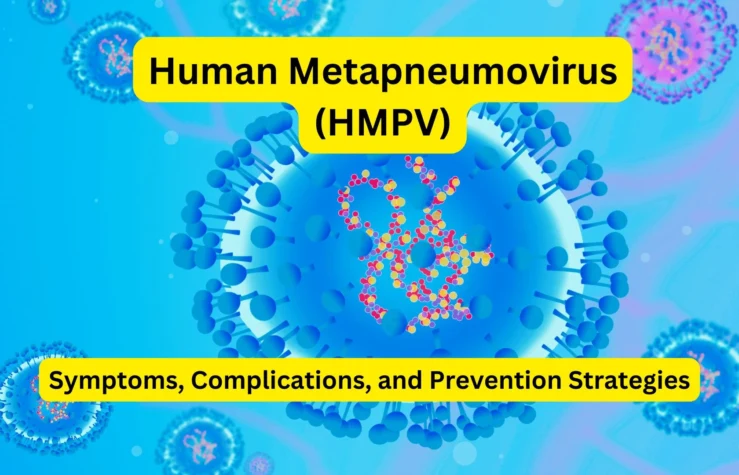



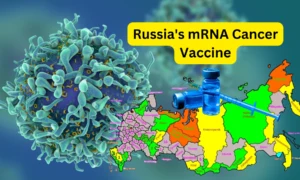

1 Comment